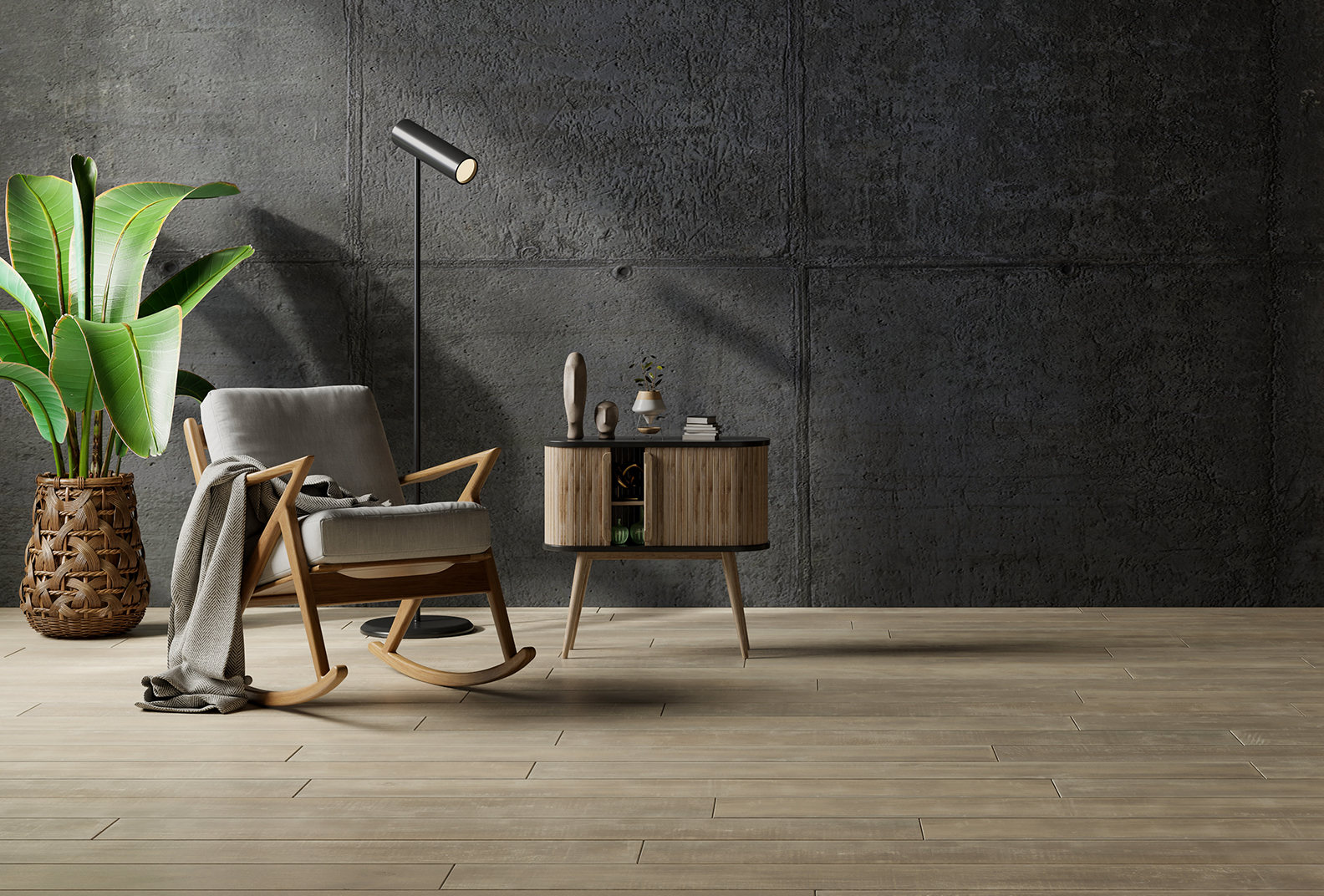Interior Work and Furniture: Creating Spaces That Inspire
Interior work is the art of shaping a space from the inside out, and furniture is at the heart of this transformation. The relationship between interior design and furniture is inseparable—while interiors set the framework, furniture defines how the space is experienced.
Furniture as the Core of Interior Design
No matter how beautifully designed the walls, ceilings, and floors are, a space feels incomplete without furniture. It serves as the bridge between design and functionality, turning empty rooms into warm, welcoming environments.
Style Alignment
The success of any interior project depends on maintaining harmony between the architectural elements and the furniture. A contemporary interior may demand clean-lined sofas and minimalist tables, while a classic interior will call for ornate woodwork, rich fabrics, and timeless designs.
Function Meets Aesthetics
Interior work is about making spaces functional without compromising beauty. Furniture plays a dual role—it must be comfortable and practical, but also elevate the visual appeal of the space. Thoughtful furniture choices ensure that both goals are achieved.
Space Optimization
Well-planned interiors use furniture not just as decor, but as tools for maximizing space. Built-in storage units, modular seating, and multipurpose furniture help create organized, clutter-free interiors that feel open and inviting.
Material and Texture Coordination
Interior work often incorporates specific materials—marble countertops, wooden flooring, or metal accents—that can be echoed in furniture design. Matching textures and finishes between interiors and furniture creates a seamless, cohesive environment.
Conclusion
Interior work and furniture design go hand in hand, shaping the atmosphere and usability of any space. The right furniture brings balance, harmony, and personality to interiors, turning them into spaces that are not just seen, but felt.
